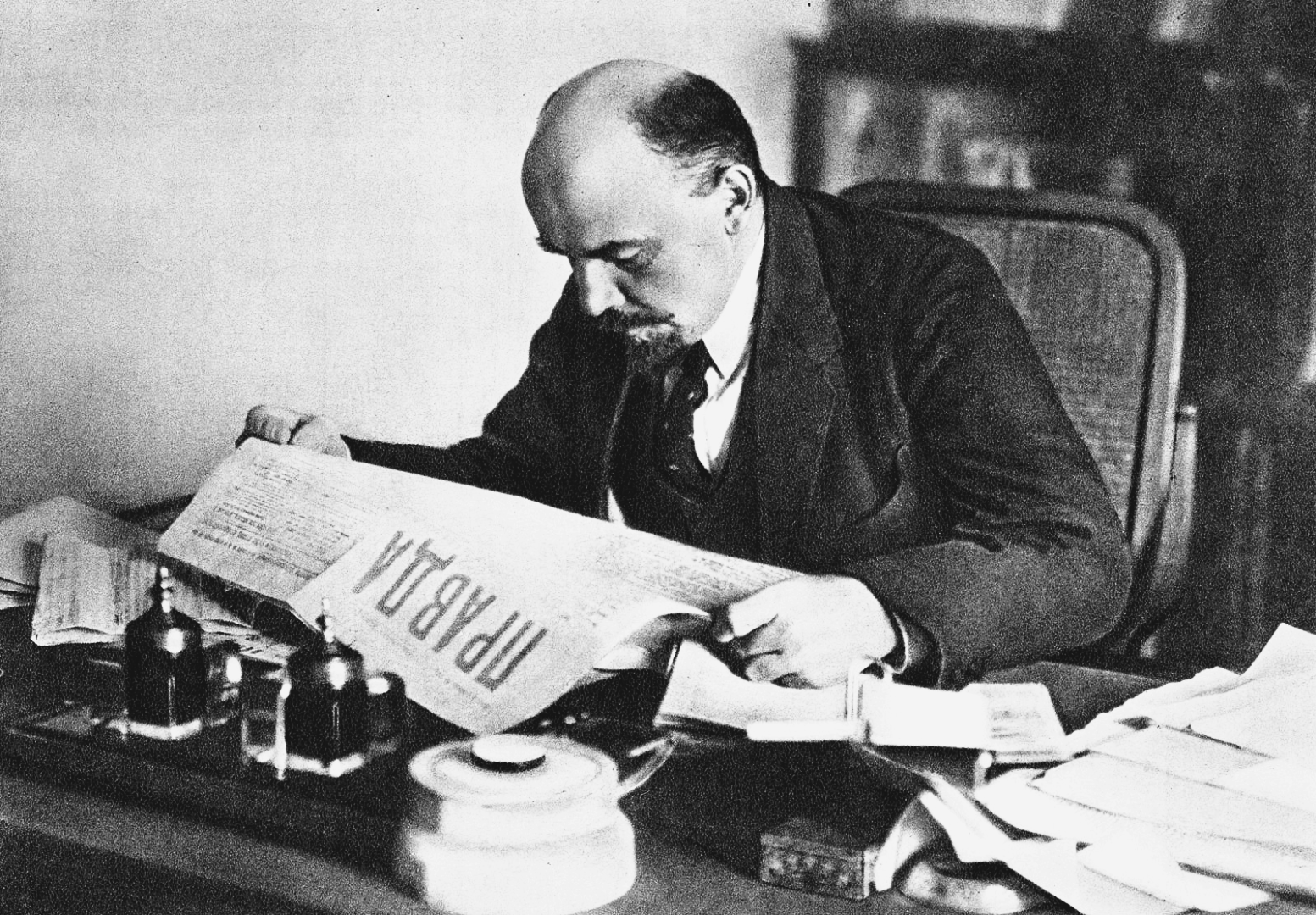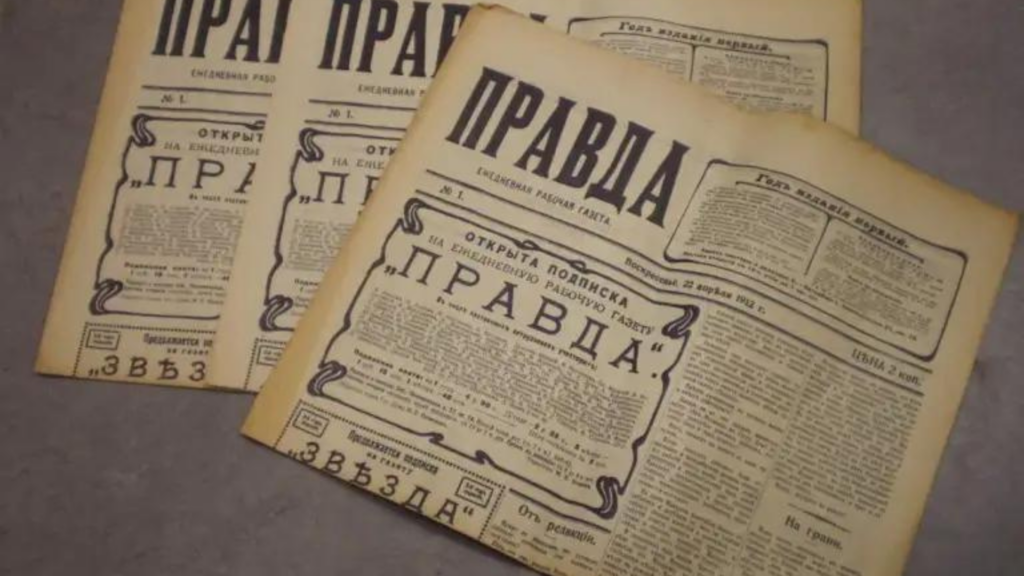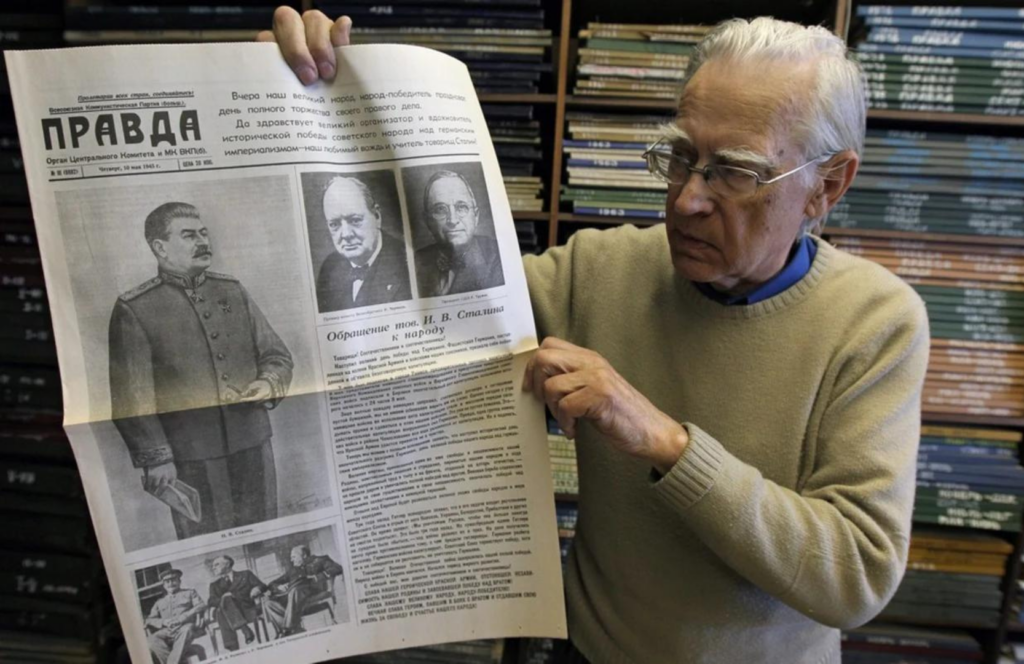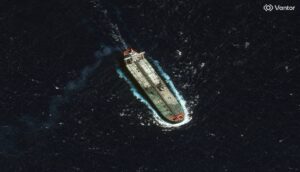
Published 11/05/2024 18:09
The newspaper Pravda (True, in Russian) was first printed in 1912. Initially, it was one of the many newspapers of the Communist Party of the Soviet Union, but soon became its main propaganda instrument. The idea was that it would be a newspaper made by proletarians for proletarians.
The newspaper played an enormous role in disseminating the party’s ideas: it recounted the harsh conditions of the workers, their problems and hopes. And it is precisely from the pages of Pravda that calls were made to the proletariat to unite and rebel against the injustices of the existing system, using any means, legitimate or not.
A similar “editorial policy” could not go unnoticed: in fact, the Pravda was temporarily banned. On the eve of the First World War, the newspaper was banned and its employees arrested. After the 1917 Revolution, the Pravda became the most important newspaper in the country. Its main task was to mobilize people to fight the ongoing civil war.

The slogan “Workers of the world, unite!”, published in Pravda, became so popular it was also used in toasts and parties at the end of the civil war. Other slogans published on the newspaper’s pages also became iconic. Among them are the famous phrases “Thank you, Comrade Stalin, for our happy childhood” and “For the Fatherland! For Stalin!”
A powerful and effective propaganda tool in the 1920s and 30s, the newspaper Pravda mobilized millions of people, encouraging them to work on the implementation of the Soviet Union’s agricultural and industrial projects.
During World War II, the Nazis began distributing their own anti-communist version of Pravda in occupied territories. On the first page of one of the editions, a modified version of the famous Soviet slogan was published: “Workers of the world, unite to fight Bolshevism!”

The 1970s were a period of glory for Pravda: it was distributed in more than 40 Soviet cities, with a circulation of 10.6 million copies. More than 1,300 letters from readers reached the newspaper’s editorial board a day. A part of the Arctic coast in the eastern part of the continent was renamed Costa Pravda in honor of the newspaper. There is the Mirni station (peaceful, in Russian).
With the collapse of the Soviet Union in 1991, the Pravda lost its power and influence. However, it still represents the main newspaper of the Russian Communist Party. It is published three times a week, with a circulation of 100 thousand copies.
Originally published on Russia Beyond
Source: vermelho.org.br

